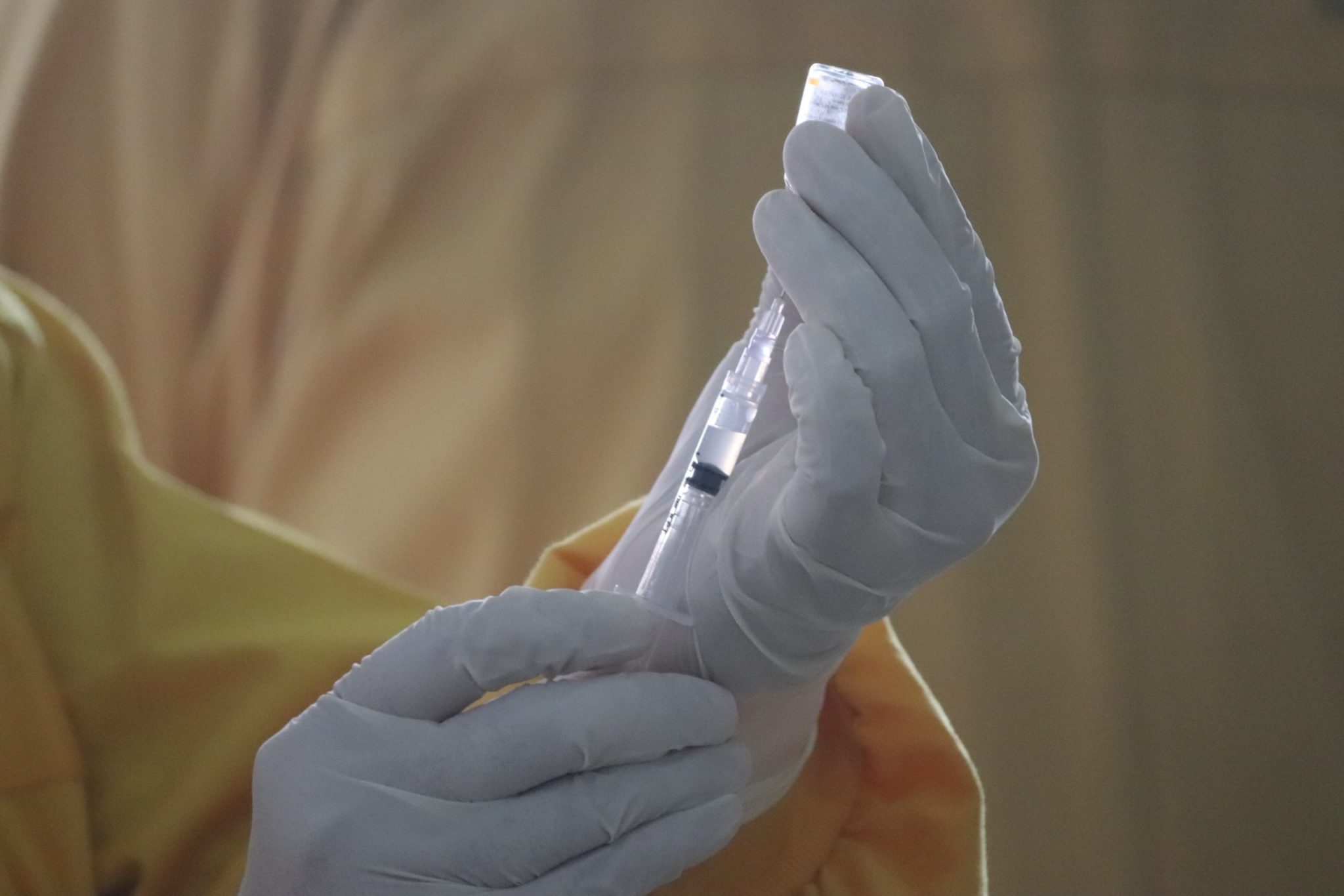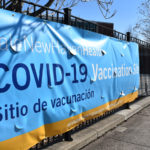
Unsplash
Targeting vaccine hesitancy and accessibility barriers within local communities has been an important part of the COVID-19 vaccination strategies of Yale, New Haven and Connecticut.
In the Yale New Haven Health System, a dedicated COVID-19 vaccine task force, co-chaired by Assistant Professor of Medicine Brita Roy and YNHHS Executive Director of Clinical Operations Ohm Deshpande, has been focusing on the factors involved in addressing vaccine hesitancy and increasing the uptake of immunizations within different communities — especially those disproportionately affected by the pandemic.
“What we have certainly seen over the last year is this virus most heavily impacting people of color and communities of lower socioeconomic status,” Richard Martinello, YNHHS director of Infection Prevention and member of Connecticut Gov. Ned Lamont’s vaccine advisory group, told the News. “We know that that’s where the vaccine can be most impactful.”
For that reason, the state, city and YNHHS are mounting a concerted effort to ensure that those who are most vulnerable to COVID-19 can access the shots, Martinello explained.
According to him, this collaboration between the healthcare system and different levels of government has given rise to important conversations that place equity at the forefront of strategization of vaccine distribution.
“[These considerations are] a critical thing because otherwise there will be inequities in how different parts of the community are getting vaccinated, and that’s not acceptable,” Deshpande said.
Another concern is that those who have bore an inordinate brunt throughout the pandemic also harbor high levels of vaccine hesitancy. Historically, communities of color have been largely underrepresented and exploited in biomedical research, where the prevalence of racist practices has contributed to current concerns about immunization. Concurrently, people of color also account for over 120,000 of the now almost 450,000 deaths due to COVID-19 in the United States.
The YNHHS’s outreach initiatives to address worries about the COVID-19 vaccine within these communities have only just begun, but will involve leveraging the Yale Center for Clinical Investigation’s cultural ambassador program, which engages local community leaders to promote peer-to-peer discussions about the vaccines and facilitate communication between clinicians and the wider public, Roy said.
The YNHHS website, which is currently in English, is also getting a pilot Spanish iteration soon, Roy said, so that Spanish speakers who are not fluent in English can still navigate the vaccine scheduling system. Additionally, to help those who do not have internet access or struggle with computers, YNHHS has set up phone lines with translators standing by, ready to assist with scheduling.
However, those 75 and older — the only subset of the wider Connecticut population currently invited to seek vaccination — who have actually come to get their vaccine thus far have been predominantly white, Roy told the News.
“A lot of our other groups that actually are at higher risk for COVID are not getting the vaccine right away,” Roy said. “Part of that has to do with hesitancy, part of it may have to do with access.”
To increase access, clinic shifts have been designed to last from eight in the morning to eight in the evening, Roy said. In this way, people who work during the day and those who work during the night will both be able to get the vaccine.
According to Roy, in addition to vaccination sites that have already been established in lower-income neighborhoods in Connecticut and places that even people without a car can reach, YNHHS is also looking into other mobile solutions that could expand access even further. These efforts may include transforming the Yale School of Medicine’s community healthcare van into a mobile vaccination clinic.
“We’ll have to monitor the data and then if there are specific pockets, or subgroups of people we’re finding that are not getting the vaccine, we’ll have to figure out other ways to address that,” Roy said.
Department Chair of Epidemiology at the Yale School of Public Health Albert Ko explained the challenges that the U.S., Connecticut and Yale will each face when distributing the vaccine to marginalized communities.
In any massive public health campaign — such as a nationwide vaccine distribution effort — there are essentially three different phases, Ko said. The first phase, which we are currently in, is an “attack phase” in which public health officials and healthcare providers try to vaccinate as many people as possible. The second phase is a “consolidation phase” in which healthcare workers try to “plug up the holes,” ensuring that no one slips through the cracks of the vaccination campaign. The third phase is a “maintenance phase” where questions about the duration of protection conferred by COVID-19 antibodies after receiving the vaccine will become more pertinent.
Ko emphasized that the “consolidation phase” will be particularly important, and it might still be challenging for marginalized community members to get the vaccine, as many lack access to affordable transportation to vaccination sites.
“Who gets left out of the attack phase is those people who don’t have access, whether it is to drive or because of where they live,” Ko said. “So it really makes it important that the state and federal government really think about what that consolidation phase is.”
Despite challenges of vaccine hesitancy and accessibility, Ko praised Connecticut’s success during Phase 1a of vaccinating a particularly vulnerable community — nursing home residents. On Jan. 30, Josh Geballe, the chief operating officer for the state, said that Connecticut nursing homes have seen 90 to 100 percent of residents vaccinated with at least the first dose of the COVID-19 vaccine.
Gov. Lamont announced that 364,225 total doses of the COVID-19 vaccine have been administered in Connecticut as of Jan. 28.
Maria Fernanda Pacheco | maria.pacheco@yale.edu
Sydney Gray | sydney.gray@yale.edu








